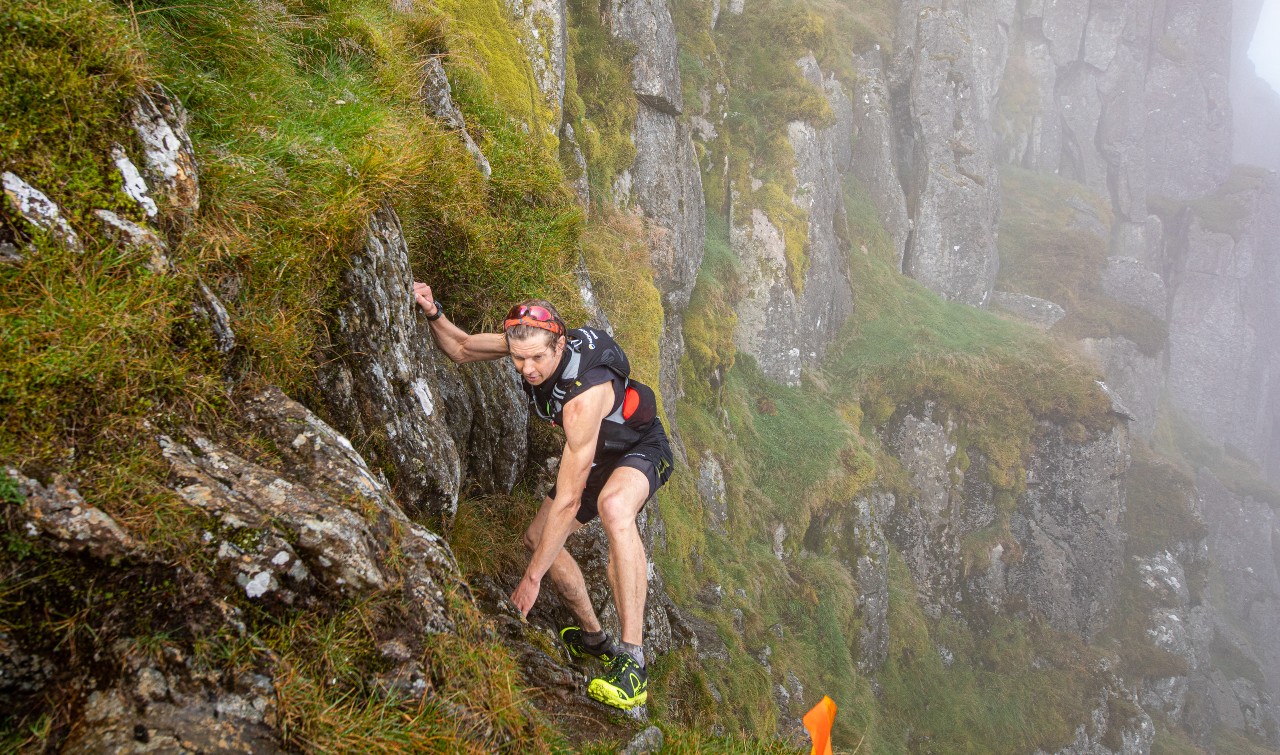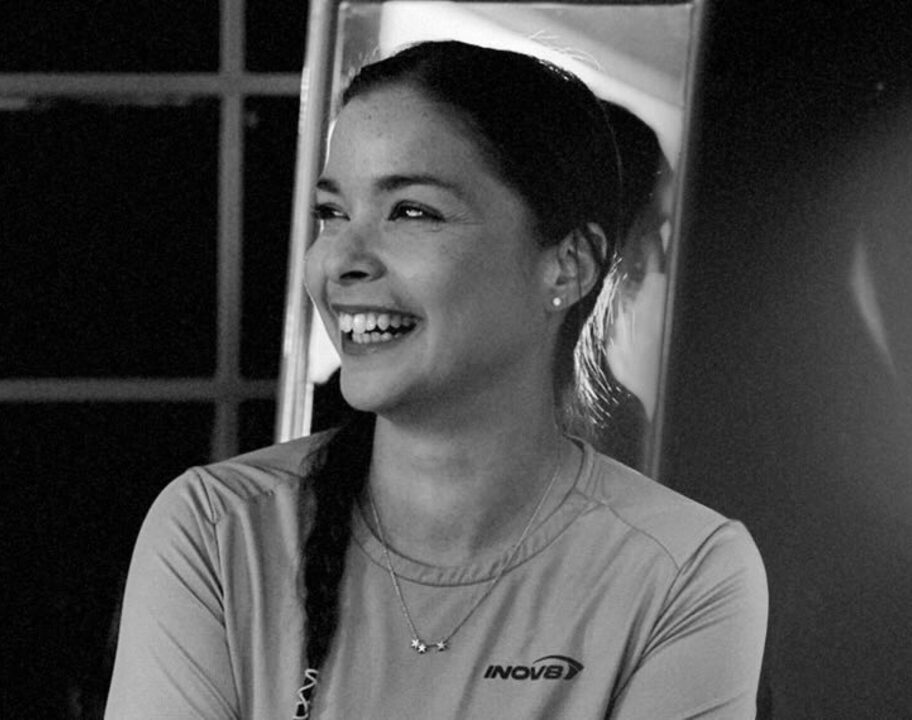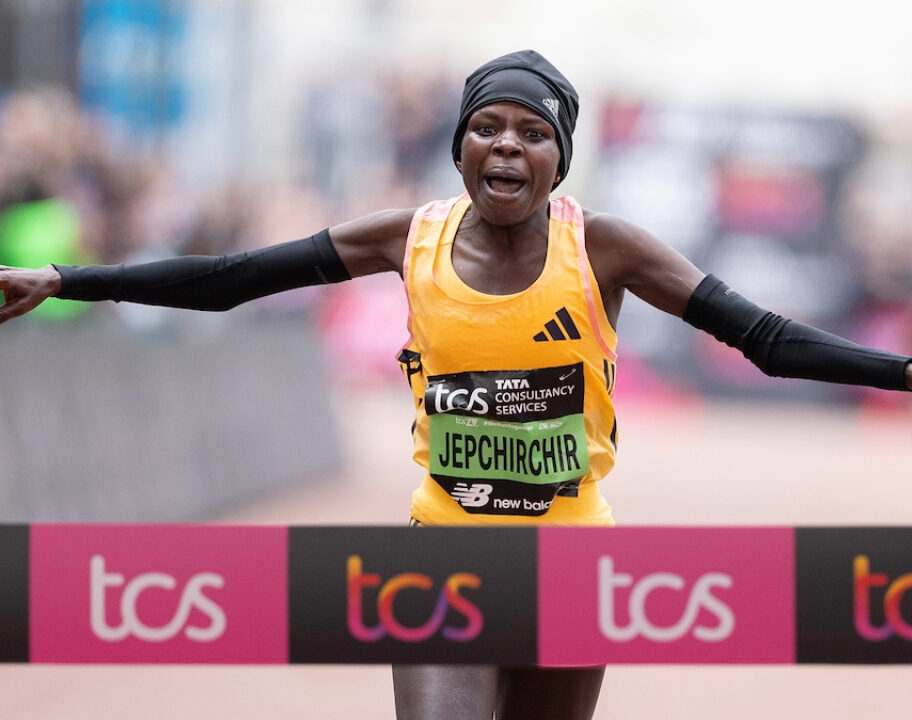Whether you’re exploring new trails or getting ready for your first ultra marathon. One of the challenges of crossing over from road running into the world of trail running and ultras is the technicality of the terrain. And while scrambling up steep climbs or skidding around on slick mud might be tough on the body. It’s often the downhills that runners struggle with the most – because not only does running down hill fast on tricky terrain really make your legs burn. It can also be mentally challenging as you have to overcome a certain amount of fear.
If your descending skills are slowing you down, read on to get some top tips to help you get better at running downhill, including expert insights on building your confidence from coach and ultra runner, Jayson Cavill.
Confidence is key to faster downhill running – expert insights on how to overcome your fear while running down hill
We’ll get onto the specific strength work you can incorporate into your training to help your body better cope with the load of running down hill later on. But for a lot of runners, getting better at downhill running is often more about overcoming fear and building confidence than it is about any physical barrier.
We spoke to running coach Jayson Cavill of Cavill Coaching to get his insights on how you can unlock the trust and confidence it takes to run faster downhill.

Stop trying to think your way down the hill
Getting more confident at downhill running comes down to practicing until it’s ingrained in your subconscious, say Jayson Cavill. “I think it’s important to understand why you’re struggling with it. Some people naturally just can’t let themselves go as easily. So it tends to then become that they’re thinking their way down the hill, rather than it being a subconscious effort.”
“When we’re trying to think our way down the hill, that process takes a lot longer and so we tend to stall a little bit. Once you understand that’s what is preventing you from letting go a little bit, you can start to work on that.”
Borrow techniques from downhill mountain biking
“One of the things I like to do – and I think it’s one reason why I got quite good at running downhill – was by drawing on the experience from the mountain bike downhill racing that I used to do. We used to practice – the whole weekend would be practicing one race line and one route. The first time you went down, it felt so awkward and uncomfortable and you didn’t know where things were going. You were thinking your way down the hill. Whereas by the Sunday morning after you’ve been going down that race run all weekend, you could literally go down that without thinking about it. It was just such a subconscious effort. And the difference in speed that you could take through that course was insane.”

“I think you can take that into running a lot. So if you want to get faster at running downhill, then you can practice. Just find a descent that you do find challenging, but not completely insane. And just practice running down that same bit. Each time just try and get a little bit faster, while staying relaxed. Just keep practicing that section and it builds your confidence.”
“Over the period of two or three practice runs, you get more and more confident. And you can then take that confidence into other sections and the rest if you’re downhill running.”
Use drills to work on your coordination
Along with being able to mentally let go and allow your body to feel its way down the hill, rather than overthinking it. Jayson explains that another key skill to improve your downhill running speed is being able to trust in your foot placement and avoid looking down at your feet too often.
“Start to build up and develop your confidence with your coordination in your feet and your foot placement, so you’re not tempted to look down at your feet all the time. When we get something technical, we start to look right down at our feet and that slows us down. Whereas if you can look forwards and look up, then you’ll move a lot quicker.”
“You can work on that coordination by doing things like ladder drills – you might have seen footballers doing them. It’s just a plastic ladder that you can lay on the floor, or you can make your own out of bits of tape or broom handles and stuff like that. Or you get paving slabs where there’s all the cracks and things, so you can jump those. Get used to not looking at your feet while you’re doing these things. You’ll build that confidence of knowing where you’re putting your feet without actually looking at them.”
Strength training to help build your resilience to downhill running
Using Jayson’s tips to work on your confidence will help you to unlock the right headspace to be able to attack the downhills and lose significantly less time working your way down the descents. But downhill running is more than just a mental game. During descents, our body has to cope with a significant amount of eccentric force and load through the muscles.
When we run downhill, the quadriceps are tasked with controlling the rate of knee flexion – meaning every step involves an eccentric contraction. Research has found that eccentric muscle contractions (essentially the muscle being under tension while lengthening to control the downward phase of a movement) can lead to increased muscle soreness and exercise-induced muscle damage. This is why often, particularly as we get fatigued in the latter stages of a running event, the down hills can feel significantly more painful on the legs than the up hills. In ultra marathons the cumulative fatigue from descending can mean that you not only end up having to go slower downhill, but your legs are suffering and struggling to maintain pace on the flats too.
Three simple strength training exercises to improve your downhill running
The good news is you can train your body to get better at coping with and recovering from eccentric load. Specific strength exercises are an efficient way to complement your running hill training to make your body more resilient to the demands of downhill running so you can maintain your pace on race day.

Split squats
Running is essentially a continuous single leg exercise – you’re constantly ‘hopping’ from one foot to the other while making forward progress. When we run down hill, we’re landing on one leg with significant impact and load. So it’s wise to incorporate single leg work into your gym routine, building strength while also working on balance and stability.
Split squats (sometimes called ‘Bulgarian split squats’) work the quadriceps, glutes and adductors (inner thighs). They’re a great exercise for helping to develop strength while also promoting an efficient gait – your muscles are not only controlling the flexion of the squat, but also resisting pronation and rotation to keep you balanced. Just like they need to when you run down a hill.
How to do a split squat
- Start by standing around 2 feet in front of a bench. Lift one leg behind you and rest the top of your foot on the bench – you should be able to do this while keeping your pelvis level. If you’re having to hitch your hip on the lifted side – you need a lower bench.
- Bend your front leg lowering into a squat, until your thigh is perpendicular to the ground. Keep your back leg lifted with your foot on the bench and your knee lowering towards the ground.
- Ensure your front knee is stacked over your ankle, creating a 90 degree angle. If your knee is pushing out in front of your foot, step a little further away from the bench.
- Straighten the front leg to return to the starting posture. You want to maintain an equal pace between the lowering and the raising phase of the movement, so the muscles are under equal load during the eccentric and concentric contraction.
In the context of building resilience for downhill running, we want to be completing higher reps – around 10-12 reps per leg for 2-3 sets. Focus on the bigger compound movements such as leg press and deadlifts for the heavy weight, strength building work. You can start with bodyweight only if you’re new to the exercise, progressing to a medium weight – an 8-10kg kettlebell is a good starting point.
Step downs
A twist on your classic bench step up, a step down is essentially the same movement but you shift the focus to the lowering phase – meaning your muscles spend more time under load during the eccentric phase of the movement. Over time, your body will adapt to get stronger during eccentric load which will translate to less fatigue when running downhill out on the trails.
How to do a step down
- Holding a dumbbell in each hand* step up onto a bench or a box, standing on one leg.
- Bend your knee and shift your weight slightly forward so that as you lower down you can really control the movement.
- Aim for a 1:2 ratio – taking twice as long to lower down as you do to step up.
- Complete 5 reps per leg – repeat the set 2-3 times.
*The weight will depend on your current conditioning. If in doubt, start with a lower weight until you get used to the movement and progress accordingly.
Reverse lunges with a twist
Reverse lunges are a useful exercise for building strength and stability in the posterior chain while also prompting the quadriceps to hold tension and stabilise the movement during eccentric contraction. Adding an upper body twist to the movement also challenges core stability, which is key to being able to run efficiently downhill.
How to do a reverse lunge with twist
- Start standing with your feet hip distance apart.
- Hold a light-medium weight out in front of you with both hands – a weighted medicine ball or a single dumbbell are both good options.
- Step one foot back into a deep reverse lunge, keeping your front knee stacked over your ankle (creating a 90 degree angle between your shin and your thigh) and taking your rear knee down towards the ground – but not touching the ground.
- In the depth of the lunge, twist your torso and rotate to take the weight to the opposite side to the leg you have stepped back on. For example, if you stepped back with your left leg, you will twist to your right hand side. Keep both hip bones facing forward and use your core to keep the lower body stable and controlled while the torso and shoulders twist.
- Return to neutral and step out of the lunge to return to the start position.
- Alternate between sides, completing 10-12 reps total for 2-3 sets.
These three simple but effective exercises work well as a mini circuit to build stability and resilience in the muscle groups you’ll utilise while running downhill. If you’re training for race with a significant amount of downhill, you could consider doing this conditioning work after one of your medium-long runs each week to get your body adapting to managing load under fatigue.
Head to our training section for more run training tips and advice!


![Russ Cook completes his epic run across the entire length of Africa [Photo credit: The Snapshot People Ltd]](https://run247.com/wp-content/uploads/2024/04/Russ-Cook-completes-length-of-Africa-run-2024-912x720.jpg)



